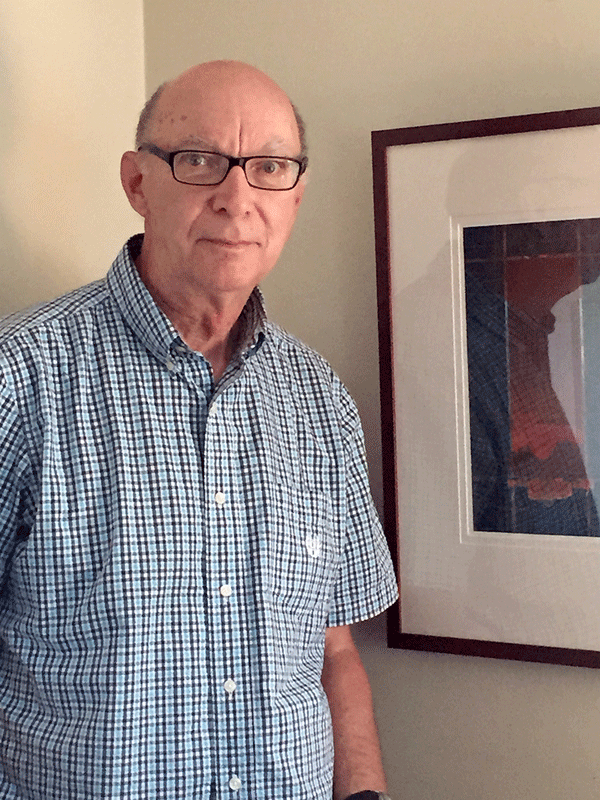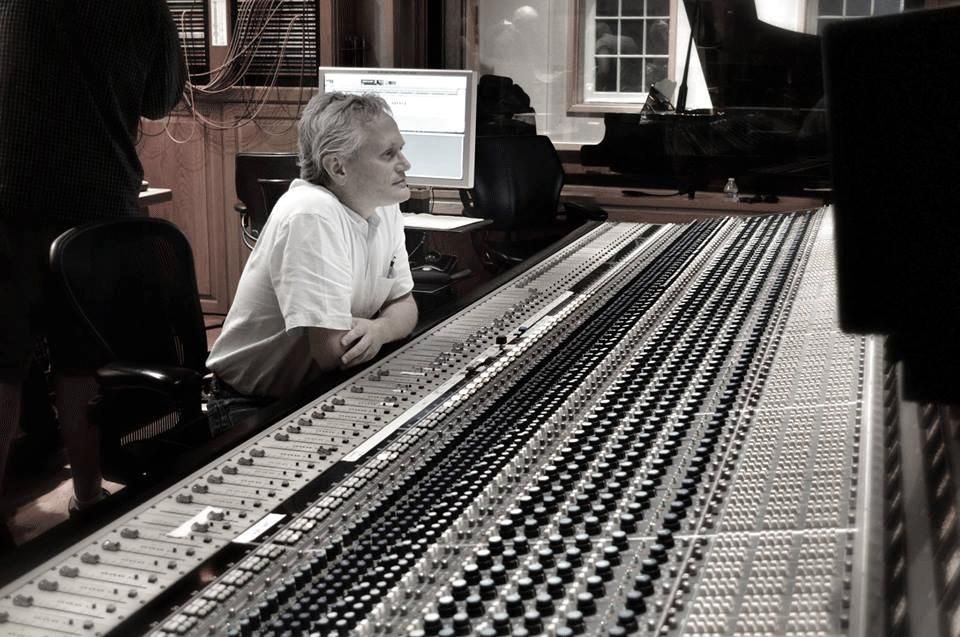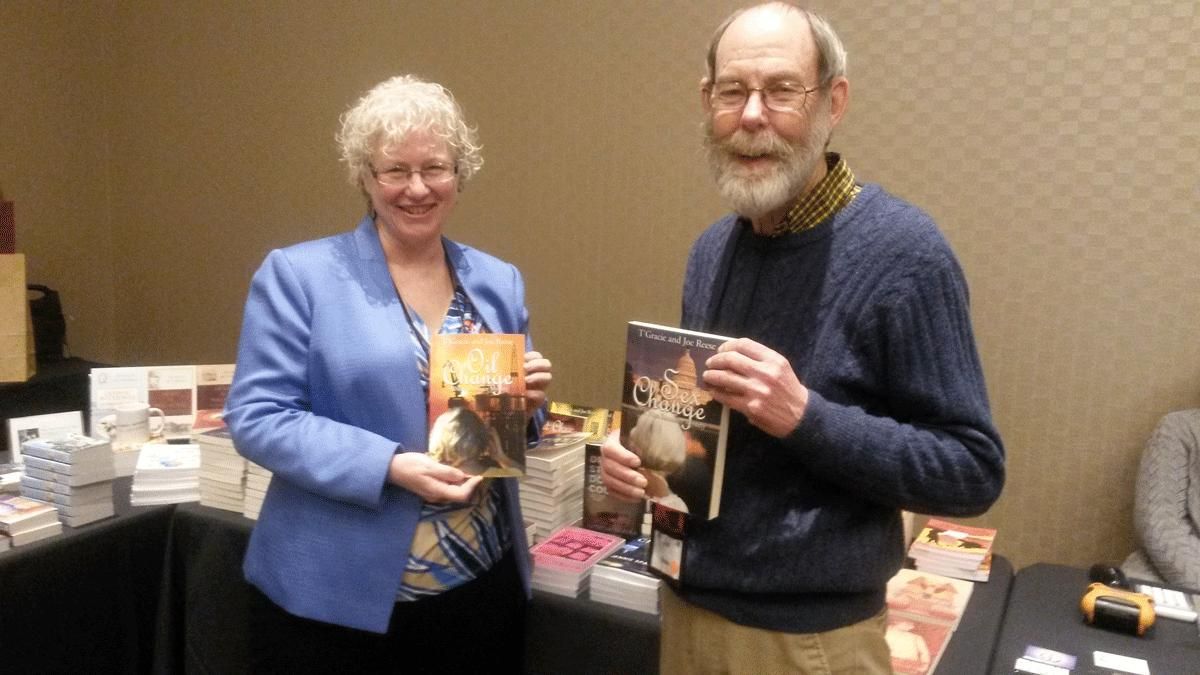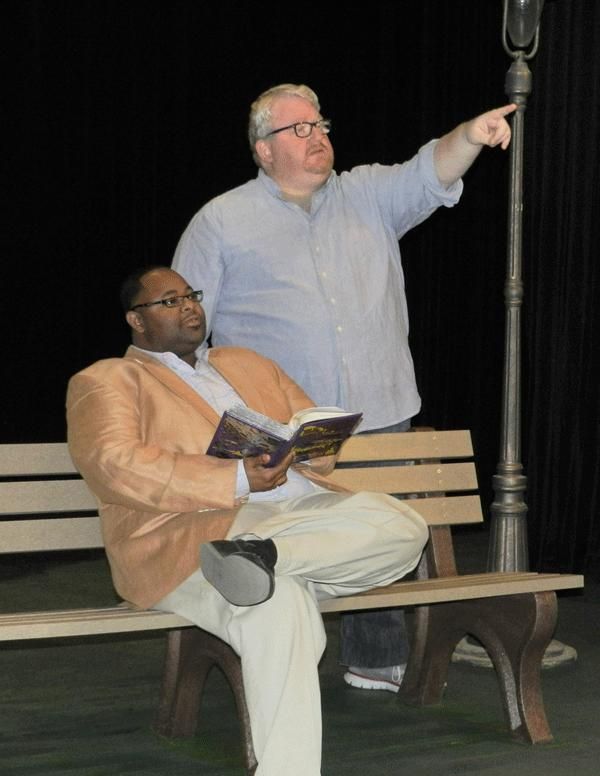The Artlink Gallery is about to be taken by storm. Currently hanging is a retrospective show that is safe to say will bring in hundreds of people before it runs its course. The artist is Maurice Papier, an enthusiastically supported painter and educator who planted seeds of thought in countless students. Some may say his influence helped create the foundation of the regional art scene. Many impressionable minds passed through his classroom as he taught young artists at the University of Saint Francis from 1972-2004. Several of those artists are still practicing in the area, making art, seasoned with what was learned from Papier.
Sixty-two works by Papier hang in the gallery, enough pieces to fill the walls of the entire space. As a bonus, several past students, hand-selected by Artlink, show alongside the artist. The pairing allows viewers to discover the ripple affect that was stirred by Papier’s years of teaching.
Artlink is a suitable venue for such a show, not only for it’s lighting, space and location, but also for the relationship between the gallery and the artist. Back when Bruce Linker, who gave up his apartment’s walls to showcase art, housed the gallery, Papier was the very first artist to hang work in the space. It is only fitting that his retrospective be held at the gallery’s current location on Main Street. Add the fact that three friends – Rick Cartwright, Betty Fishman and Karen Thompson – curated the show, and the whole celebration comes full circle. The show is a true retrospective.
“Some of this stuff goes back, jeepers, 10 years,” says Papier.
His works may span the past 10 years, but his history as an artist runs much deeper.
“When I was in high school, I was going to be an engineer,” says Papier who took all the mechanical drawing classes he could. His adept ability to draw caught the eye of his instructor.
“He liked me so much he took me to International Harvester to watch what the engineers did. When I saw, I knew that was not what I wanted.”
Papier went off to college, choosing art as his major, “Because it was the thing I least disliked to do.”
Within six months he was hooked and the soul of an artist was unleashed.
While mechanical engineering didn’t grab his attention, geometry and trigonometry are still highly identifiable influences of his work. He is often told his pieces reference buildings and that even his abstract pieces are architectural.
Papier explains, “All my stuff is based around Indiana landscapes. They can be really pretty realistic like the Tennessee Bridge or they can get very abstracted.”
His paintings reflect a collection of landscape photographs Papier has amassed. Shot with his own camera he was careful not to glorify his subject.
“I made sure they weren’t that spectacular because the Indiana landscape really isn’t … I’d feel like a fool painting mountains and oceans.”
Interpretations of landscapes, cityscapes, outer space and a lifetime of memories swirl about in Papier’s head. Bits and pieces end up on his canvas.
Careful viewers will notice the small figures often tucked between the lines and shapes of his compositions. The intent of the figures is to give his pieces scale and to remind us how huge the universe really is.
“That little guy on the tightrope is trying to get through the craziness of life. It’s so unpredictable, and it’d be awful if everything were just the same.”
The idea for using small figures to illustrate scale came from a childhood interest in building model airplanes.
“I was a nerdy little guy. I’d fly them around lamps and pretend they were trees. All that ties into my work today.”
His dreamy sense of wonder is heavily reflected his paintings. Tiny figures dancing in night skies while balanced on thin lines that intersect with shapes and planes of brilliant color give us a window into his interpretation of time, space and life.
“The night skies fascinated me when I was a kid. Even the idea of eternity used to just scare me to death. The distances between stars – some may not even be there once we see them. The distance, all that stuff, it’s mind-boggling.”
Papier spends about 50 to 60 hours contemplating and creating each painting, much of that is done during the late hours of the night. His fascination with the night sky started in childhood and remains with him today. He feels most at ease to create at night and often has to stop himself from working, knowing he will be too ramped up to sleep if he lets the creative juices flow too long.
Brilliant color, line and shape are three dominant elements of Papier’s work.
Shapes combine to create architectural forms. Lines direct the eye across, up and down and off the picture plane, leaving the viewer to wonder what lies beyond. What else is in this artist’s mind? Color is bold, whether it is a dark background supporting a field of warm-colored shapes, or a bright yellow field of paint that makes the entire composition pop.
Papier thinks deeply about color, but he prefers to keep things simple.
“I only use blue, reds, some yellow, black and white and burnt sienna,” he explains. “I only have about six or seven tubes. That’s all I need. If I had more I’d just get confused.”
A recent piece titled, “Ornamental Tower,” grabs one’s attention with a bold field of yellow.
“I just started to use yellow. Now I’m kind of fascinated with it. Yellow doesn’t cover well at all. That’s five or six coats of paint to get it that solid. It’s a pain to use, but it’s an interesting color. It activates things. It’s got a lot of punch.”
Papier’s pieces are most often a combination of painting and collage. Look closely at the thin lines on his works and one will discover that they are not painted features, but rather layers of paper. With a hand as skilled as a surgeon’s, Papier cuts amazingly thin strips of magazine pages with a knife to create the colorful lines within his work.
“Sometimes I’ll sit down and go through magazines for a couple of hours looking for the right color,” says Papier. His eye for detail matches his meticulous hand and after 15 years of practice, cutting razor sharp lines with smooth edges is second nature. “Sometimes one will be a hair thicker than the other. I’ve tried all kinds of knives but what it comes down to, eyeballing works as well as any gadget that I’ve ever found.”
Painting, cutting paper and dreaming are enough to keep Papier’s mind satisfied.
“I’m never bored because of this stuff,” he says. “It keeps me completely occupied. It’s a great thing. It’s much more comfortable now that I’m retired because I’ve got all this time. My thoughts can move along with hurry. I really thank God that I’ve got painting.”




